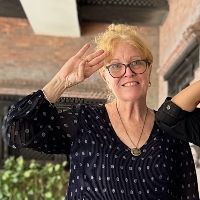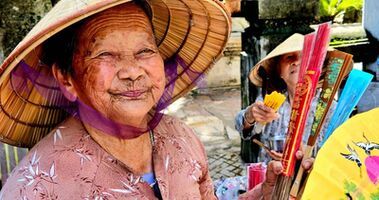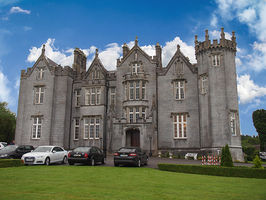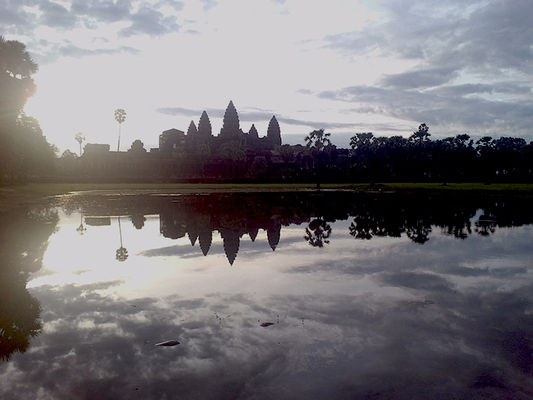
A journey through Cambodia.
Mud is such a great thing to play in when you are a kid, but this particular puddle is part of the home to so many Cambodian children. I am going to try to paint you a lot of pictures in Siem Reap, some better than others and some not to everyone's taste. I am however, going to give you many reasons why you should consider travelling here as soon as you feel the need to journey again.
Cambodia dates back to Jayavarman VII, who reigned between 1181- 1218. The Khmer Empire stretched forth to encompass parts of modern-day Thailand, Malaysia, Burma, Laos and Vietnam. It was colonized by the French in the 19th century. Life through religion was one of order and peace for many centuries under successive rulers of the Jayavarman dynasty. But as with history, in the blink of an eye, it can take a turn for the worse.
Dark times followed those of industrious forefathers and Cambodia was plunged deep into turmoil.
This would affect families and the world for generations to come. After a false dawn of independence in 1953, Cambodia promptly plunged back into the horrors of civil war in 1970 to suffer the Khmer Rouge's incredibly brutal reign of terror. Only after UN-sponsored elections in 1993 did Cambodia begin to regain its feet. Many still remember the persecution of the despised leader Pol Pot and the Khmer Rouge regime. Cambodia suffered heavy carpet bombing by the USA leaving the many devices unexploded that are still present today. The beautiful farms and forests that are home to many still contain hidden dangers with an average of one death a week. In Pub Street it is common to see men missing legs as they serenade us with beautiful music, something that may have eased their minds. Of course, it is not only the men, but the women tend to stay out of the public gaze.
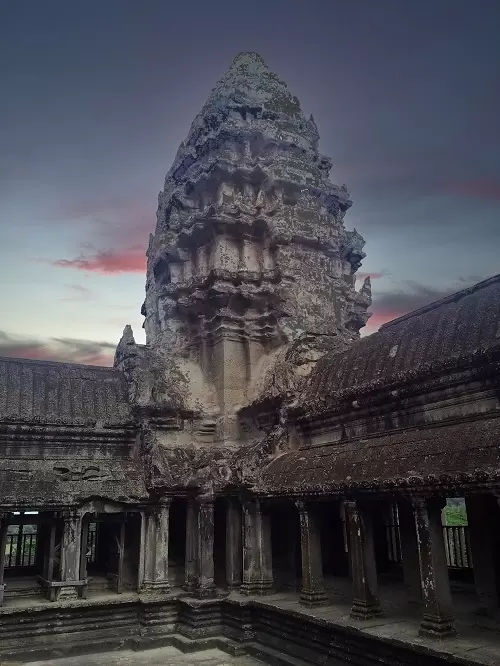
So why give you so much history - because that has formed the Cambodia that we see today, modern, fresh, full of wonderful history but sadly still a little corrupt.
Hinduism and Buddhism in Angkor Wat.
With our first dark painting complete we now move on to a much brighter canvas in the iconic UNESCO filled city of Siem Reap and the world-famous ANGKOR WAT temple complex. As the sun rises over the spires of the largest temple by land area in the world, you will see double as the reflection in the front lake slowly reveals the magic nature of the once Hindu structure. The surrounding area includes Angkor Thom 1.5 kilometres north and is where you will find Bayon the Buddhist temple where you can have your photo taken touching noses with the deities. It is one image that is worth committing to your imaginary painting.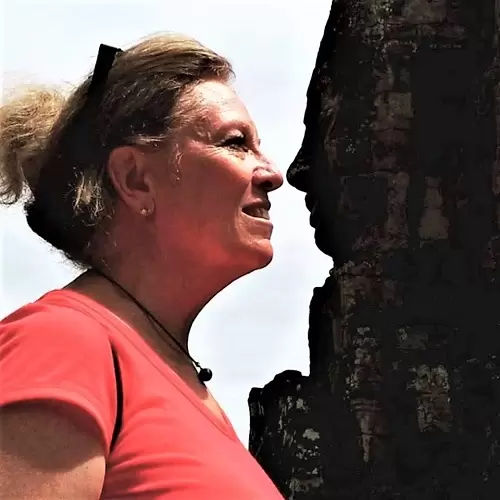
Cambodia borders Vietnam to the east and Laos to the North with Siem Reap the home of many temples built by the Khmer rulers. Did you know that Angkor Park is visible from space? The city is a hive of activity with nightlife in PUB STREET rivalling anything else you will find in Asia. Enter our third canvas beginning with colourful markets and beautiful food. It offers not only Khmer style cooking but everything from French menus to a genuine English pub. Many Australians call Siem Reap home. Take a stroll beside the river and discover many of the artistic highlights by lamplight.
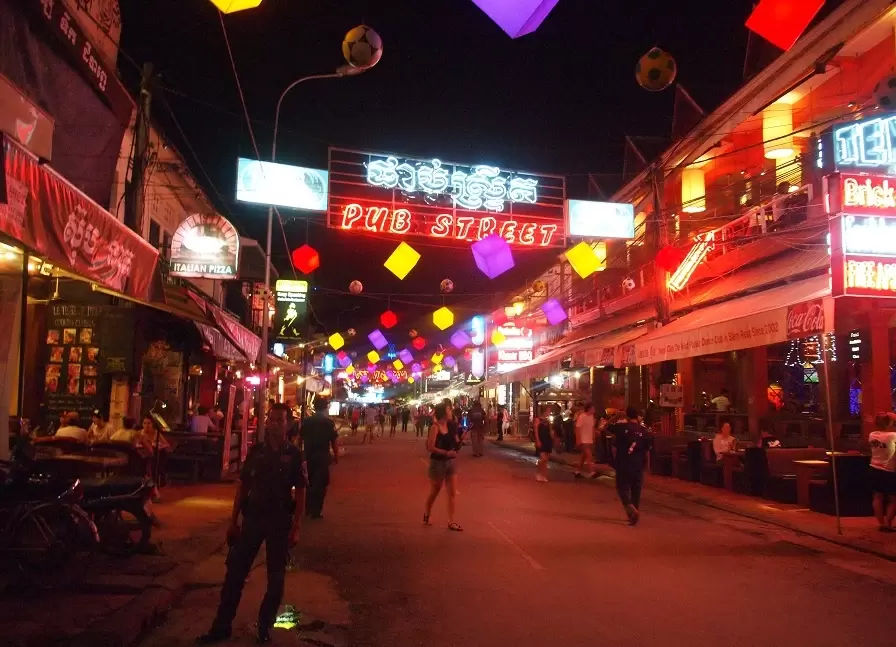
The Cambodian Cultural Village, between the airport and Siem Reap, is the place to immerse yourself in tradition.
You will find a range of cultural shows available for a great evening’s entertainment such as Phare Circus, located behind the National Museum along with “Smile of Angkor” a traditional dance and theatre experience. The latter is a little more expensive but features some great high tech gizmos. 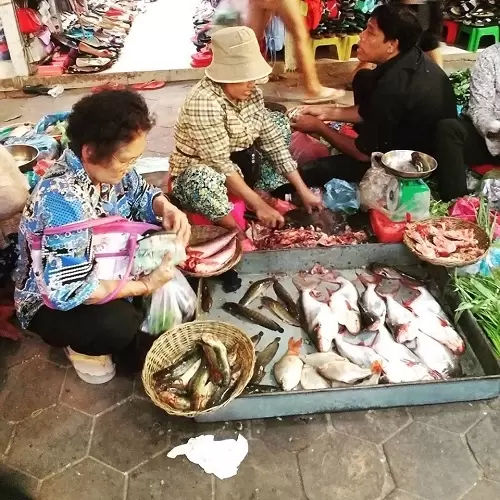 Cambodia is not recognised for its life on the water but on the Tonle Sap Lake south of Siem Reap, things are very different. Businesses such as a crocodile farm, a textile shop, school and church make up part of this floating community. On the croc platform, a very large python is available to become an accessory for photos - if you dare. What is infectious are the miles of smiles and the “not a care in the world” attitude evident everywhere you turn.
Cambodia is not recognised for its life on the water but on the Tonle Sap Lake south of Siem Reap, things are very different. Businesses such as a crocodile farm, a textile shop, school and church make up part of this floating community. On the croc platform, a very large python is available to become an accessory for photos - if you dare. What is infectious are the miles of smiles and the “not a care in the world” attitude evident everywhere you turn.
Cambodian Food.
The canvases are starting to accumulate so maybe now we should paint one using food. Beyond Unique is an example of one of the cooking classes that you can experience in a dainty village just 10 minutes from town. Maybe if you are brave you can even hire a moto and arrive in style, helmets included. Of course, you get to eat what you cook and have the opportunity to buy one of their books to help the locals continue their great work.
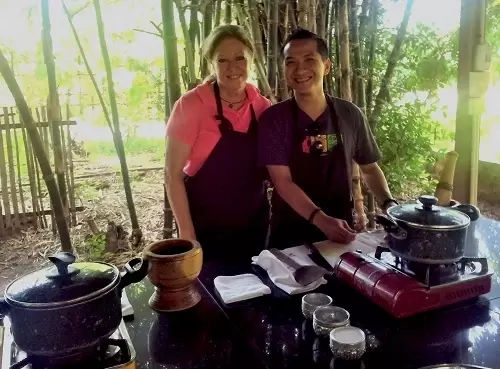
The capital, Phnom Penh - colours are about to change once again.
Despite being liberated from the Khmer Rouge by the Vietnamese in 1979, the stain of war still haunts the city and its people. The “Killing Fields” impress on the visitor how little the Pol Pot followers valued life. It is a sobering moment on an otherwise educational and inspiring journey.
The most pleasant strolling is to be done along the park-like riverfront, which boasts plenty of cafés and restaurants. Standard tourist sights are few, which makes the city a place to relax, enjoy street life and simply people watch. Phnom Penh is a worthwhile destination for those who enjoy an 'edge' experience and can brave the downsides of reckless driving, noise, and poverty. Touts and beggars abound, the worst area is the tourist strip along the river. Be firm though and a polite refusal should work.
The Elephant Mountains in the Western region along with the town of Cardamom are worth a side trip if time permits.
The Areng Valley is a matrix of evergreen forests, grasslands, and rivers interspersed with small indigenous communities. Land cleared by the Khmer Rouge for rice cultivation has since been returned to its natural marshland habitat that is now filled with wildlife. The sacred forests contain some of the largest trees in southwest Cambodia. The traditional conservation beliefs have meant that the Siamese Crocodile has managed to survive where almost all other populations have been driven to extinction.
Bokor Hill Station
Another addition by the French in the 1920s, Bokor Hill Station, was used as a retreat from the heat of the plains. Not only are we dreaming of attire in the period but of an opulence brought to the region in the form of the Old French Palace. It is a hauntingly beautiful colonial building constructed in 1917 and completed in 1925.Tthe French social elites who were living in Cambodia needed an escape from the humidity and heat of Phnom Penh. In the 1950s and 60s, the Old French Palace was used as a casino during the time of Prince Sihanouk. Whatever your tastes, Cambodia has it on the menu.
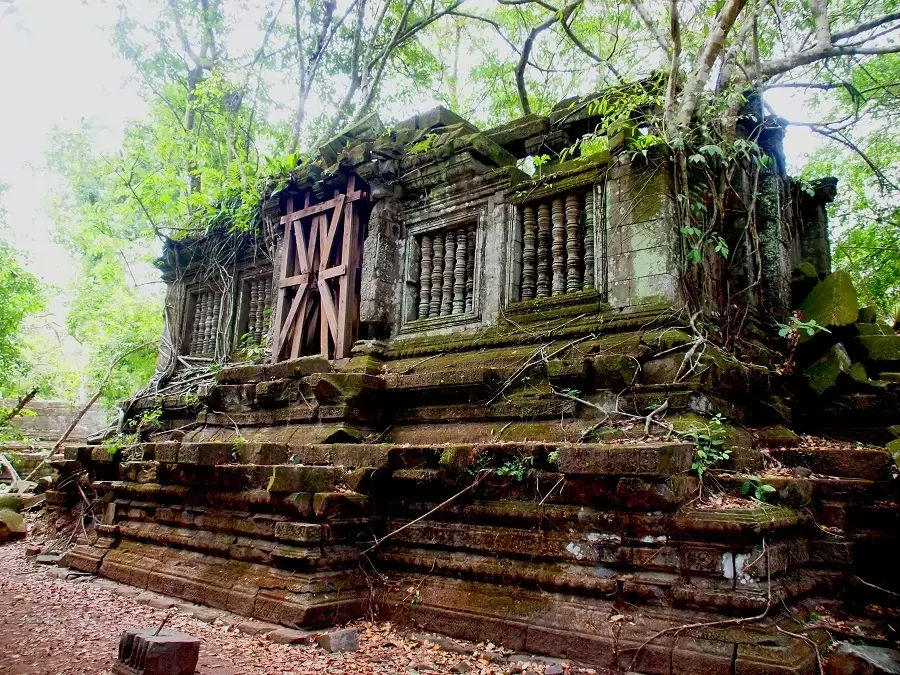 |  | 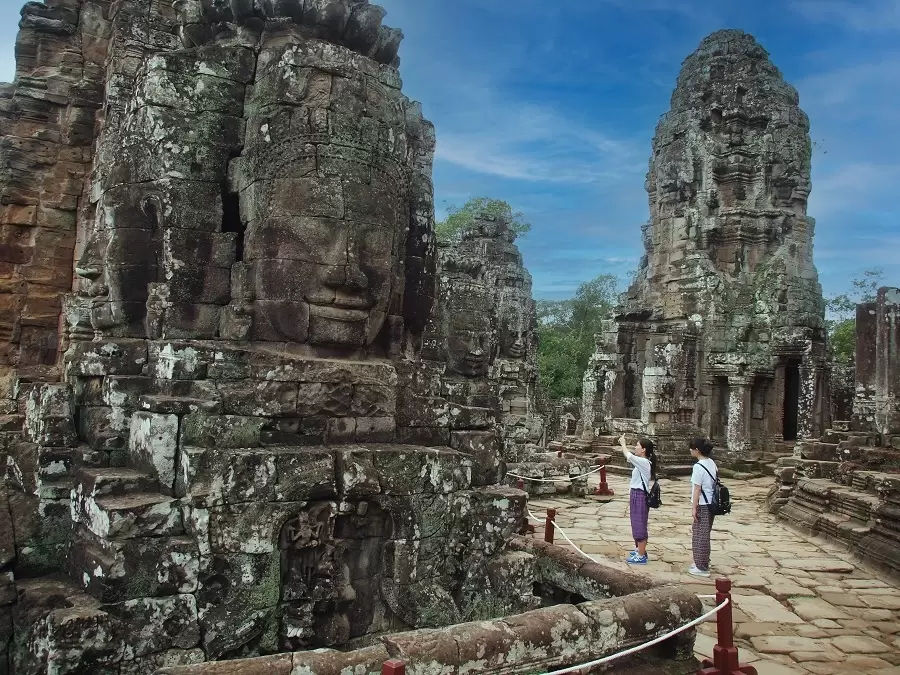 |

